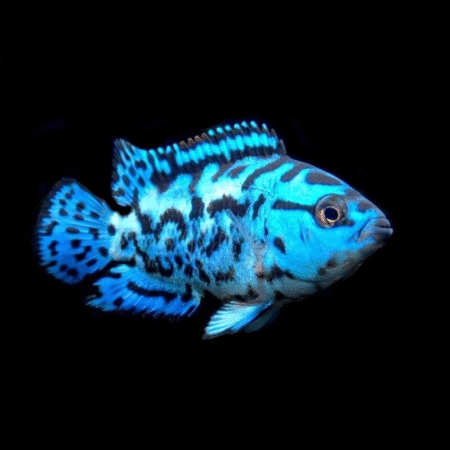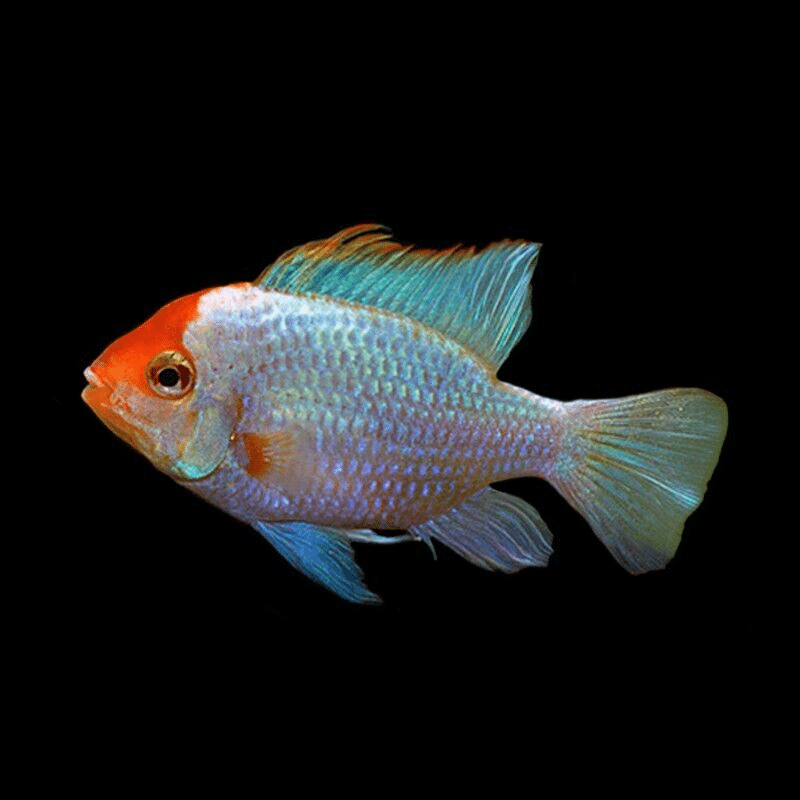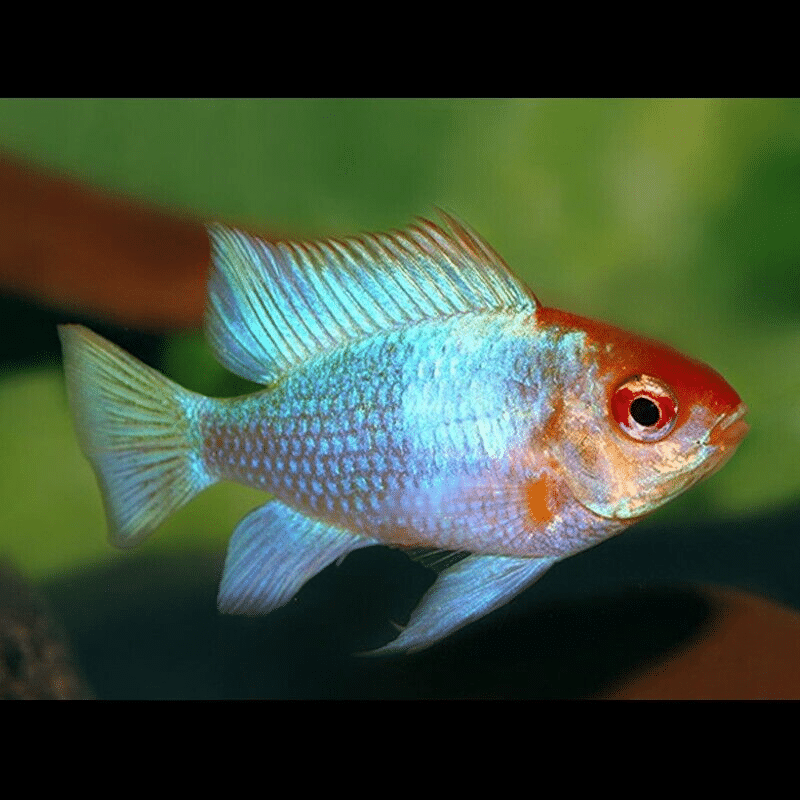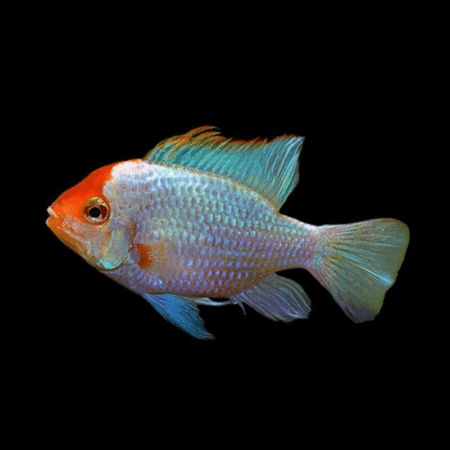To provide the best experiences, we use technologies like cookies to store and/or access device information. Consenting to these technologies will allow us to process data such as browsing behaviour or unique IDs on this site. Not consenting or withdrawing consent, may adversely affect certain features and functions.
The technical storage or access is strictly necessary for the legitimate purpose of enabling the use of a specific service explicitly requested by the subscriber or user, or for the sole purpose of carrying out the transmission of a communication over an electronic communications network.
The technical storage or access is necessary for the legitimate purpose of storing preferences that are not requested by the subscriber or user.
The technical storage or access that is used exclusively for statistical purposes.
The technical storage or access that is used exclusively for anonymous statistical purposes. Without a subpoena, voluntary compliance on the part of your Internet Service Provider, or additional records from a third party, information stored or retrieved for this purpose alone cannot usually be used to identify you.
The technical storage or access is required to create user profiles to send advertising, or to track the user on a website or across several websites for similar marketing purposes.




















Emily Carter (verified owner) –
I recently purchased the Mikrogeophagus Ramirezi «Blue Red Head» for my 20-gallon tank, and I couldn’t be happier! These little dwarf cichlids are not just stunning with their vibrant colors but also have such unique personalities. It’s been about two months since I added them, and they’ve settled in beautifully. They swim around, explore their environment, and even engage in playful behaviors with each other.
I’ve tried other dwarf cichlids before, but the Ramirezi really stands out with their peaceful nature and stunning appearance. They thrive in well-planted tanks, which I’ve noticed enhances their colors even more! I feed them a high-quality fish food that includes spirulina and protein, which they absolutely love. One minor concern is that they can be a bit sensitive to water quality changes, so consistent maintenance is key.
If you’re looking for a vibrant, engaging addition to your aquarium, I highly recommend these little beauties. They’ve brought so much joy to my home, and I think they would be perfect for both beginners and seasoned aquarists alike. Just make sure to keep an eye on water parameters, and you’ll have a happy, healthy tank!
Jessica Miller (verified owner) –
I recently added the Mikrogeophagus Ramirezi ‘Blue Red Head’ to my aquarium, and I couldn’t be happier! After just two weeks, these little dwarf cichlids have brought so much color and life to my aquatic environment. Their vibrant blue and red hues are truly mesmerizing, especially when they swim among the plants. I was initially concerned about their compatibility with my other freshwater fish, but they’ve proven to be gentle and sociable. As a caring fish parent, I appreciate how these cichlids require a well-planted tank and soft substrate, which I’ve provided. They thrive in a peaceful setting, so I made sure to keep my tank calm, and it’s paid off! For anyone considering adding cichlids, I highly recommend these beauties for beginners. Just remember to monitor water parameters closely, as they can be sensitive. Overall, this species stands out from other dwarf cichlids for its beauty and ease of care. I’m excited to learn more about breeding them, which seems like a rewarding journey ahead!